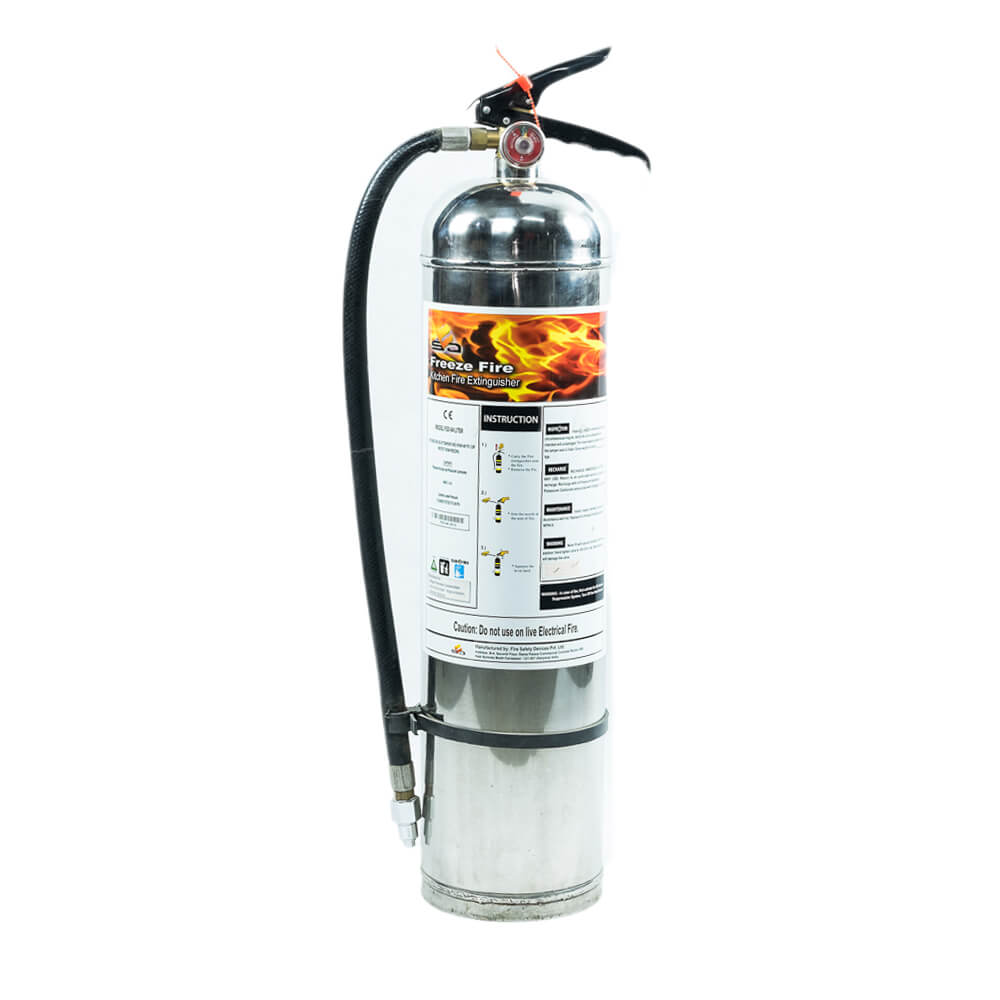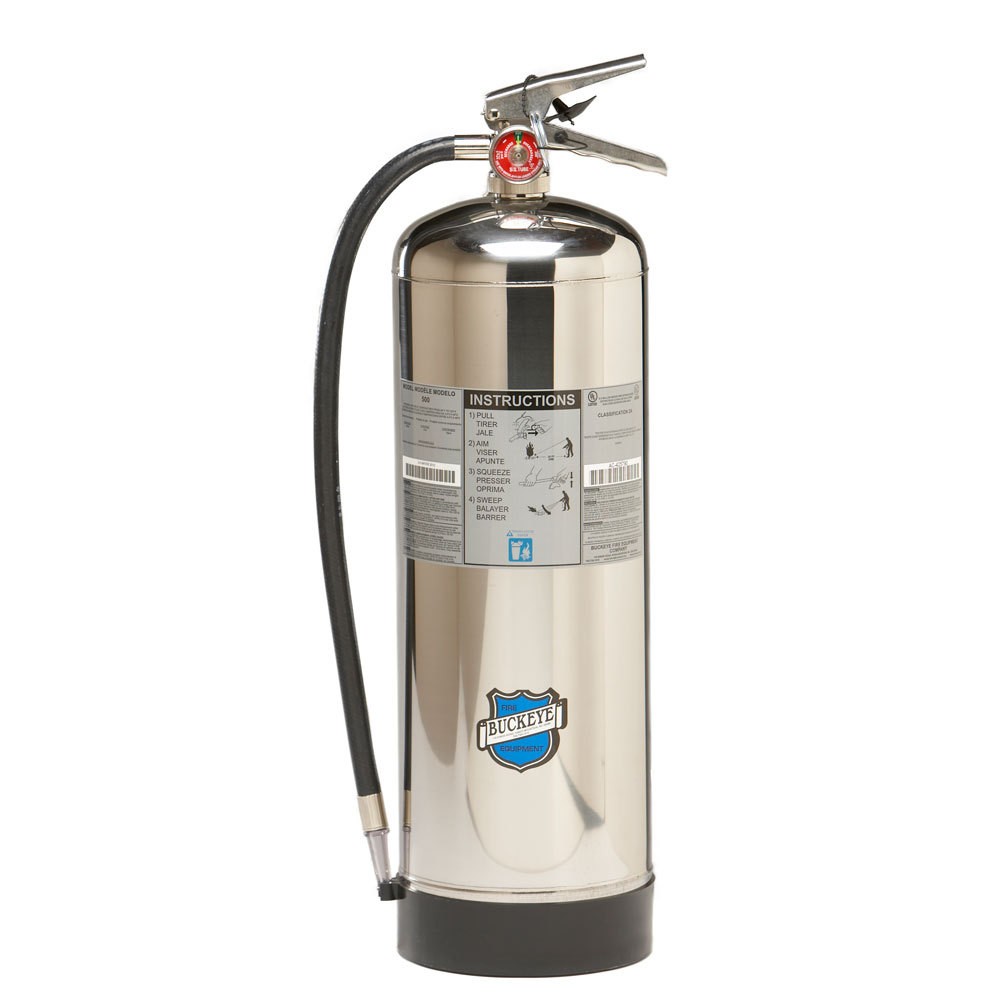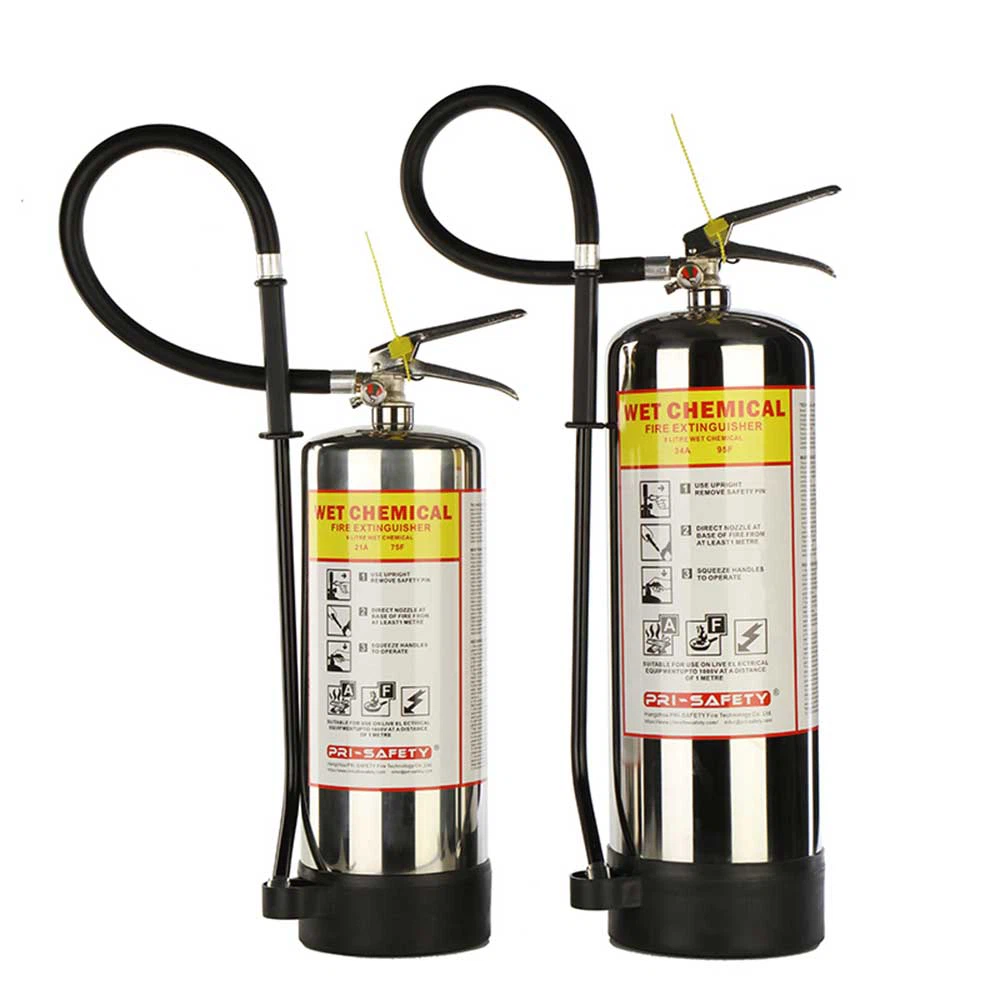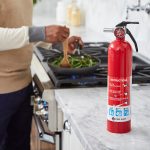 I. Introduction to Type K Fire Extinguisher
I. Introduction to Type K Fire Extinguisher
A. Definition and Purpose
A Type K fire extinguisher is designed specifically for fires involving cooking oils, grease, and fats, which are commonly found in commercial kitchens and restaurants. The purpose of a Type K fire extinguisher is to quickly and effectively extinguish these high-temperature and often stubborn fires to prevent catastrophic damage and injuries.
B. Class K Fire and Kitchen Fire Hazards
Class K fires are a type of fire involving combustible cooking mediums such as oils and fats. When ignited, these fires can reach extremely high temperatures and are difficult to extinguish with traditional fire extinguishers. Kitchen fire hazards are prevalent in commercial cooking environments and pose a significant risk to both property and human life.
II. Characteristics and Usage of Type K Fire Extinguisher
A. Components and Composition
Type K fire extinguishers typically contain a special solution known as potassium acetate, which is specifically formulated to react with cooking oils and fats. Additionally, these extinguishers may also contain a special applicator or nozzle designed to disperse the solution effectively over the fire.
B. Proper Handling and Storage
Due to the specialized nature of the extinguishing agent, proper handling and storage of Type K fire extinguishers are essential. These extinguishers should be stored in close proximity to cooking areas.
C. Types of Fires
Type K fire extinguishers are specifically designed for use on Class K fires, which involve combustible cooking media such as vegetable oils, animal oils, and fats commonly found in commercial kitchen environments. These extinguishers are also suitable for Class A fires involving ordinary combustible materials.
Additionally, it is crucial to note that while Type K fire extinguishers are effective for specific fire classes. They should not be used on fires involving energized electrical equipment or flammable liquids such as gasoline.
III. Benefits and Advantages of Type K Fire Extinguisher
A. Effective at Extinguishing Cooking Oils and Grease Fires
One of the primary benefits of a Type K fire extinguisher is its effectiveness at extinguishing cooking oils and grease fires. These types of fires can quickly escalate and become difficult to control with traditional fire extinguishers. However, Type K extinguishers can combat these types of fires by creating a barrier.
The chemical agent typically used in Type K fire extinguishers is an alkaline mixture. This foam acts to cool the fire and suppress the vapors, preventing re-ignition.
B. Safe for Use in Commercial Kitchens
Another advantage of Type K fire extinguishers is that they are safe for use in commercial kitchens. The National Fire Protection Association (NFPA) and Underwriters Laboratories (UL) have established specific guidelines and standards for the use of fire extinguishers in commercial settings.
Commercial kitchens are prone to cooking fires due to the use of large quantities of cooking oils, grease. Having a Type K fire extinguisher readily available can provide kitchen staff with a means to quickly and safely extinguish a fire before it has the chance to spread and cause significant damage.
C. Approved by Safety Standards
Type K fire extinguishers are approved by safety standards, including those set forth by the NFPA and UL. This means that they have been rigorously tested and proven to effectively combat cooking oil and grease fires without posing any unnecessary risks to users or the surrounding environment.
In addition, many insurance companies and regulatory agencies require the use of Type K fire extinguishers in commercial kitchens to ensure compliance with safety standards and to reduce the risk of fire-related incidents. By using a Type K fire extinguisher, businesses can demonstrate their commitment to fire safety. And it will protect their employees and property from the devastating effects of a kitchen fire.
IV. Maintenance and Inspection of Type K Fire Extinguisher
A. Regular Inspection and Testing
Regular inspection and testing are fundamental components of maintaining a Type K fire extinguisher. This process involves visually inspecting the extinguisher for any signs of damage, ensuring that it is fully charged, and performing functional tests to verify the operability of the unit. The NFPA provides specific guidelines for the frequency of these inspections, typically recommending monthly visual checks and annual maintenance.
During a visual inspection, it is important to check for any physical damage to the extinguisher, such as dents, corrosion, or leakage. Additionally, the pressure gauge should be examined to confirm that the extinguisher is fully charged and ready for use. Functional tests, which may include discharging a small amount of the extinguishing agent, should be conducted by a professional to ensure that the unit operates as intended.
B. Recharging and Refilling
Recharging and refilling a Type K fire extinguisher is another crucial aspect of maintenance. This process involves removing any remaining extinguishing agent, inspecting and servicing internal components, and refilling the unit with the appropriate agent.
Additionally, it is important to adhere to the expiration date of the extinguishing agent, typically five to ten years, depending on the specific chemical compound used. The extinguisher should have fresh supply to maintain its readiness for use. Proper documentation of all recharging and refilling activities should be maintained to track the service history of the fire extinguisher.
C. Proper Maintenance Practices
In addition to regular inspection and recharging, there are several other maintenance practices. These include storing extinguishers in a designated location, ensuring that they are easily accessible.
Proper training on the use of fire extinguishers should also be provided to individuals responsible for their maintenance and use. A well-informed staff can help detect issues with extinguishers, respond effectively to fires, and contribute to a safe working environment.
It is important to establish a partnership with a reputable fire protection service provider. Such a partnership can provide peace of mind.
V. Training and Education on Type K Fire Extinguisher
A. Training Requirements for Use
Proper training in the use of Type K fire extinguishers is essential for individuals who may need to respond to kitchen fires. This training includes understanding the different types of fires, recognizing when and how to use a Type K fire extinguisher, and practicing the correct techniques for effective deployment. Compliance with regulatory requirements and industry best practices ensures that personnel can handle kitchen fire emergencies.
B. Educating Employees and Kitchen Staff
Ensuring that employees and kitchen staff are educated about the risks of kitchen fires and the proper use of Type K fire extinguishers is crucial for overall fire safety. Comprehensive education programs should cover fire prevention measures, the importance of early intervention. Regular training sessions and drills can reinforce this knowledge and instill confidence in staff members to respond effectively in the event of a fire.
C. Integrating Type K Fire Extinguisher into Fire Safety Plans
The integration of Type K fire extinguishers into comprehensive fire safety plans is critical for maintaining a proactive approach to fire prevention and emergency response. This includes identifying appropriate locations for extinguisher placement, clearly marking them for accessibility, and incorporating their use into broader emergency response protocols. An integral part of the plan is regular reviews and updates to ensure that it reflects the specific needs and layout of the establishment.
In conclusion, regular maintenance and inspection are critical for ensuring the reliability and effectiveness of Type K fire extinguishers. By adhering to industry best practices, including regular visual inspections, recharging, and proper storage, businesses and individuals can ensure that they are well-prepared to respond to cooking oil and grease fires.




